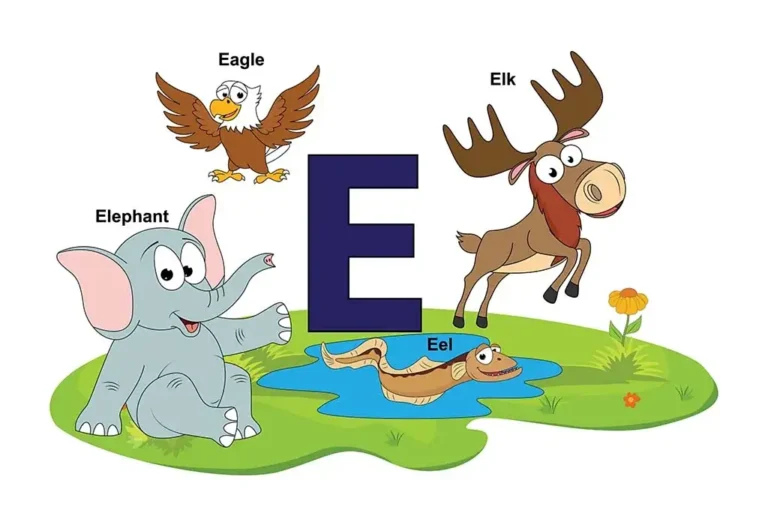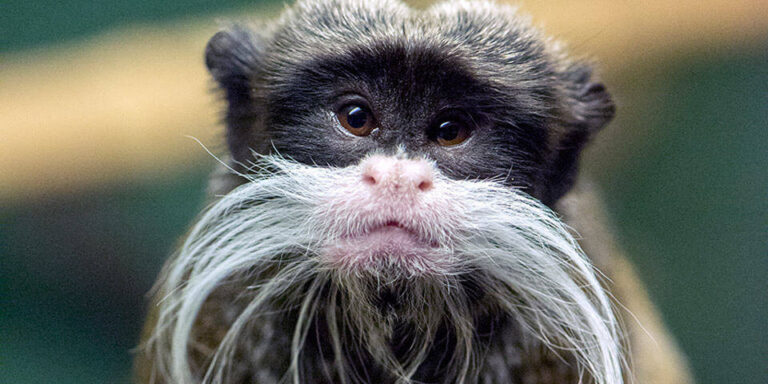Urchin: Ecology, Behavior, and Human Impact
Sea urchins are fascinating marine creatures known for their spiny exteriors and ecological importance. Despite their unassuming appearance, they play critical roles in ocean ecosystems and have intrigued humans for centuries.
Contents
Scientific Classification
- Kingdom: Animalia
- Phylum: Echinodermata
- Class: Echinoidea
- Order: Echinoida
- Family: Various
- Genus and Species: There are over 950 species of sea urchins.
Sea urchins belong to the echinoderm species, which includes creatures like starfish and sea cucumbers. These spiny animals have existed for hundreds of millions of years, showcasing an ancient evolutionary history.
Physical Characteristics

Sea urchins have a spherical, radially symmetrical body typically covered in long, pointed spines. These spines serve as both a defense mechanism and a means of locomotion. The main body, called the test, comprises calcium carbonate plates.
- Size: Most sea urchins are 3 to 10 cm long, though some species can grow larger.
- Color: Their colors vary significantly, from purple, green, and red to more muted shades of black or brown.
- Tube feet: Sea urchins possess hundreds of tube feet for movement and grasping surfaces between the spines.
Unique Feature: Aristotle’s Lantern
Sea urchins have a unique feeding apparatus called Aristotle’s lantern, a complex set of five teeth that scrape algae and other food off rocks and surfaces.
Habitat and Distribution
Sea urchins are found in oceans worldwide, from tropical coral reefs to polar waters. Their preferred habitats include:
- Rocky shorelines: Especially in intertidal and subtidal zones.
- Coral reefs: They play a key role in maintaining coral health by grazing on algae.
- Seagrass beds: Some species reside in these areas, contributing to the ecosystem’s health.
They generally reside on the ocean floor, attaching to surfaces with their tube feet, and can be found at depths ranging from shallow waters to over 5,000 meters deep.
Behavior

Sea urchins are slow-moving creatures, mainly nocturnal, and often seek shelter in crevices during the day. They use their tube feet for movement and their spines for protection against predators.
Social Behavior
While sea urchins are largely solitary, certain species may aggregate in large groups, particularly in areas with abundant food sources. During storms or when under threat, they can form defensive clusters.
Diet
Sea urchins are primarily herbivorous, feeding on algae, but they can also be omnivorous, consuming:
- Algae: Their primary food source, scraped from rocks using their specialized mouthparts.
- Detritus: Decomposing organic matter.
- Small invertebrates: Occasionally, they may consume plankton, sponges, or sea cucumbers.
Their role as herbivores is to help regulate algae growth on coral reefs, maintaining the delicate balance of these ecosystems.
Reproduction
Sea urchins reproduce through external fertilization, where males and females release sperm and eggs into the water. The fertilized eggs develop into free-swimming larvae before settling on the ocean floor, metamorphosing into adult urchins.
- Spawning: Typically synchronized with environmental factors like water temperature and moon phases.
- Lifespan: Sea urchins can live between 15 to 200 years, depending on the species.
Predators
Despite their spiny defenses, sea urchins have a range of predators, including:
- Sea otters: In kelp forests, otters are significant predators of sea urchins.
- Fish: Species such as triggerfish, wolf eels, and certain species of wrasse are adept at feeding on urchins.
- Humans: In some cultures, sea urchins are harvested for their roe, a delicacy in many parts of the world.
Conservation Status
While most sea urchins are not currently endangered, they face pressure from overharvesting and ocean conditions changes.
- Threats: Overfishing, climate change, and ocean acidification threaten sea urchin populations.
- Conservation Efforts: Sustainable harvesting practices and marine protected areas are essential in preserving their populations.
Interesting Facts
- Longevity: The red sea urchin is one of the longest-living creatures, with some individuals exceeding 200 years of age.
- Regeneration: Sea urchins can regenerate lost spines, much like their relatives, the starfish, can regenerate limbs.
- Ancient Creatures: Fossils of urchins date back over 450 million years, making them some of the oldest living organisms on Earth.
Evolutionary History
Sea urchins belong to the echinoderm family, which has ancient roots dating back to the Cambrian period, around 540 million years ago. Their evolutionary history shows them adapting to various marine environments, with the development of their spiny exterior providing enhanced protection.
Relationship with Humans
Humans have long interacted with sea urchins, both as a food source and as a subject of scientific study.
- Cuisine: In many countries, sea urchin roe (uni) is considered a delicacy, particularly in Japan and the Mediterranean.
- Research: Due to their transparent embryos and simple developmental processes, sea urchins are used in biological studies, especially in embryology.
- Environmental Impact: Overpopulation of sea urchins can destroy kelp forests, a crucial habitat for marine biodiversity. This typically occurs when natural predators like sea otters decline, leading to unchecked urchin populations.
Conclusion
Sea urchins are fascinating, ancient creatures essential to marine ecosystems. From their unique anatomy and ecological significance to their interactions with humans, these spiny echinoderms have much to offer regarding scientific interest and environmental importance. Their conservation is critical, not just for their survival, but for the global health of ocean ecosystems.
- Are Rottweilers Good With Kids? Reasons & Training Tips - 17 September 2025
- How Long Are Dogs Pregnant: Complete Guide - 16 September 2025
- German Shepherd Doberman Mix: Info, Pictures, Care & More - 11 September 2025







